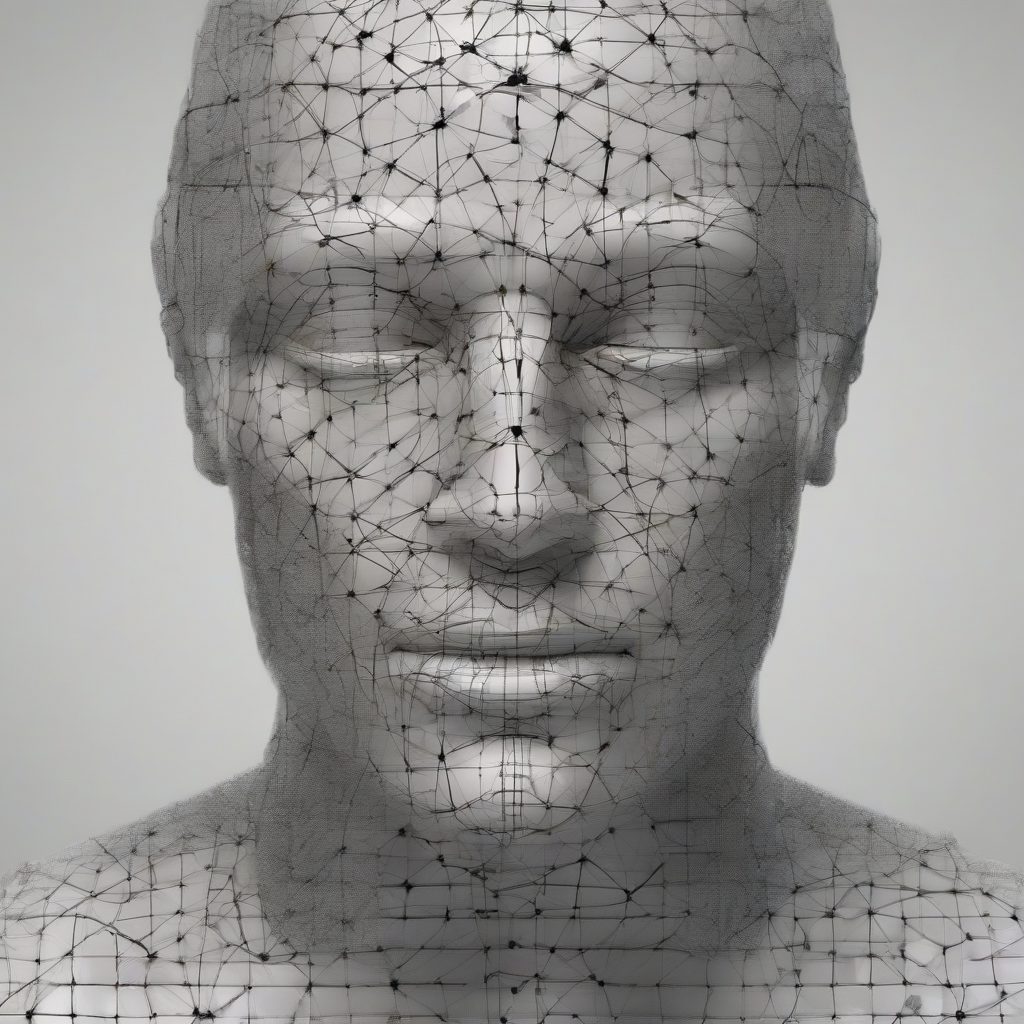Personal hygiene often gets overlooked in our fast-paced lives, yet it’s the cornerstone of good health and well-being. As ShowTopix.xyz emphasizes, neglecting personal hygiene can lead to a cascade of health problems, from minor skin irritations to serious infections. This comprehensive guide dives deep into the multifaceted aspects of personal hygiene, equipping you with the knowledge and practices to cultivate a cleaner, healthier, and more confident you.
Hand Hygiene: The First Line of Defense
Hands are the primary vectors for transmitting germs. Proper hand hygiene is paramount in preventing the spread of illnesses. Follow these steps for effective handwashing:
- Wet your hands with clean, running water (warm or cold).
- Apply soap and lather well, scrubbing all surfaces, including between fingers and under nails, for at least 20 seconds.
- Rinse thoroughly under running water.
- Dry your hands using a clean towel or air dryer.
Hand sanitizers are a convenient alternative when soap and water aren’t readily available, but they should be at least 60% alcohol.
Oral Hygiene: A Smile that Speaks Volumes
Maintaining good oral hygiene prevents cavities, gum disease, and bad breath. This involves:
- Brushing your teeth twice daily with fluoride toothpaste for at least two minutes each time. Use a soft-bristled toothbrush and proper brushing technique.
- Flossing at least once a day to remove plaque and food particles from between teeth.
- Regular dental checkups and professional cleanings.
- Using mouthwash to further freshen breath and kill bacteria.
Showering and Bathing: Cleansing Your Body
Regular showering or bathing is essential for removing dirt, sweat, and bacteria from your skin. The frequency depends on your activity level and personal preference, but aiming for at least once a day is generally recommended. Pay attention to:
- Using a mild soap or cleanser to avoid drying out your skin.
- Washing thoroughly, paying particular attention to areas prone to sweating and bacteria buildup.
- Drying your skin completely to prevent fungal infections.
- Moisturizing your skin after showering, especially during dry climates.
Hair Hygiene: Keeping Your Scalp Healthy
Hair hygiene involves keeping your scalp and hair clean and healthy. This includes:
- Washing your hair regularly with a suitable shampoo and conditioner. The frequency depends on your hair type and scalp condition.
- Using a gentle shampoo and conditioner appropriate for your hair type.
- Conditioning to keep your hair moisturized and prevent breakage.
- Avoiding harsh chemicals and heat styling that can damage your hair.
- Regularly trimming split ends.
Nail Hygiene: Preventing Infections
Clean nails prevent the spread of germs and infections. Maintain good nail hygiene by:
- Keeping your nails trimmed and clean.
- Avoiding biting your nails or picking at cuticles.
- Washing your hands thoroughly after handling dirt or potentially contaminated objects.
- Treating any cuts or injuries to your nails promptly to avoid infection.
Menstrual Hygiene: Managing Menstruation Safely and Comfortably
Menstrual hygiene is crucial for maintaining health and well-being during menstruation. Practices include:
- Choosing sanitary products (pads, tampons, menstrual cups) that are comfortable and suitable for your needs.
- Changing sanitary products frequently to avoid infections.
- Washing your hands thoroughly before and after changing sanitary products.
- Showering or bathing regularly.
- Wearing clean underwear.
Foot Hygiene: Preventing Foot Problems
Foot hygiene is important for preventing fungal infections, athlete’s foot, and other foot problems. Practices to adopt include:
- Washing your feet daily with soap and water.
- Drying your feet thoroughly, especially between toes.
- Using antifungal powder or cream to prevent fungal infections.
- Wearing clean socks and well-fitting shoes.
- Inspecting your feet regularly for any signs of problems.
Clothing Hygiene: Maintaining Cleanliness
Clean clothing helps prevent skin irritations and the spread of germs. This involves:
- Washing clothes regularly, separating whites from colors.
- Choosing breathable fabrics, especially for underwear and socks.
- Changing your clothes daily, particularly underwear and socks.
- Avoiding wearing the same clothes for extended periods, especially sweaty clothes.
Environmental Hygiene: Your Surroundings Matter
Maintaining a clean and hygienic environment is essential for overall well-being. This includes:
- Keeping your living space clean and tidy.
- Regularly cleaning and disinfecting surfaces.
- Properly disposing of waste.
- Ventilating your home to ensure good air circulation.
Addressing Specific Hygiene Concerns
Individuals may face specific hygiene challenges related to medical conditions, disabilities, or other factors. Consulting with a healthcare professional is crucial for personalized guidance and support.
The Importance of Personal Hygiene Education
Comprehensive personal hygiene education is crucial, especially during childhood and adolescence. Teaching children proper hygiene habits from an early age helps establish lifelong practices for a healthier future. Open communication about hygiene is vital to ensure everyone feels comfortable practicing proper hygiene.

Leave a Reply